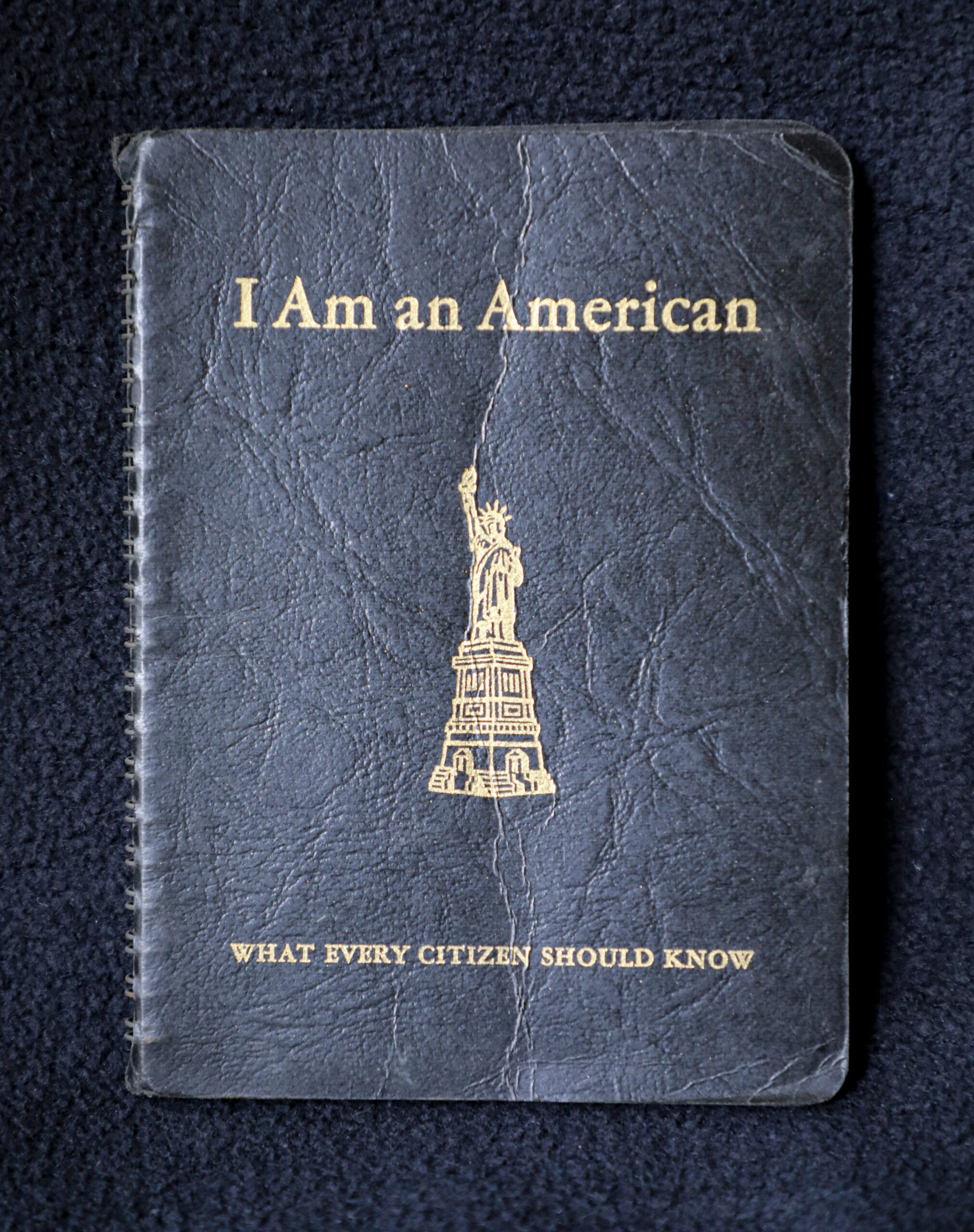In the bustling streets of Ho Chi Minh City, where motorbikes weave through traffic like schools of fish, a young woman named Truong My Lan carved her path. Born in 1956 to a Sino-Vietnamese family, she began her journey as a market stall vendor. Her mother sold cosmetics, and young Truong My Lan helped hawk lipsticks and powders to passersby. But her ambitions stretched far beyond the colorful stalls. She dreamed of a life beyond the market’s chaos—a life of power, wealth, and influence.
Education and Unexpected Turns
Truong My Lan’s trajectory took an unexpected twist when she earned her master’s degree in journalism from the University of Missouri-Columbia. Her education opened doors, and she stepped into the world of television. As a reporter, she stood both in front of and behind the camera, covering everything from international conflicts to lifestyle trends. But journalism was merely a stepping stone—a means to an end.
Truong My Lan Real Estate Empire
In 1992, armed with connections to the communist regime, Truong My Lan shifted gears. She entered the real estate business, founding the Van Thinh Phat Group (VTP). The company’s name echoed prosperity, and its mission was clear: to reshape the skyline of Ho Chi Minh City. Luxury residential buildings, sleek offices, opulent hotels, and sprawling shopping centers—all bore the VTP stamp. Truong My Lan’s empire grew, and her name became synonymous with wealth and power.
The Shadows and the Saigon Joint Stock Commercial Bank (SCB)
From 2012 to 2022, Truong My Lan held the reins of the Saigon Joint Stock Commercial Bank (SCB), Vietnam’s financial giant. But behind the scenes, a web of deceit spun silently. Thousands of ghost companies danced on paper, their purpose veiled. Truong My Lan orchestrated a financial ballet, embezzling an astronomical $12.5 billion from SCB. The scale of her scam—nearly 3% of Vietnam’s 2022 GDP—stunned even seasoned investigators.
The Unraveling
As investigations tightened their grip, the truth emerged like a serpent uncoiling. The actions of Truong My Lan triggered a bank run—a panicked rush to withdraw funds. Three SCB employees, caught in the maelstrom, tragically chose death over disgrace. In 2024, the courtroom doors swung open, and Truong My Lan faced justice. The charges—embezzlement, bribery, and violations of banking regulations—loomed over her. The verdict was swift and severe: death. A rare fate for a white-collar criminal, but her deeds had consequences too grave to ignore.
Truong My Lan Legacy and Lingering Questions
Truong My Lan’s downfall echoed through Vietnam’s economy, unsettling foreign investors. Her name, once whispered in awe, now graced headlines of scandal. The nation grappled with the aftermath, questioning the thin line between ambition and greed. Her charity work and mitigating circumstances tugged at hearts, but the court remained unyielding. The saga of this once-prominent billionaire etched itself into the annals of corruption, leaving us pondering the fragility of power and the cost of ambition.
The Tangled Web of Family
Truong My Lan’s husband, Eric Chu Nap Kee, faced trial alongside her. Their intertwined fate mirrored their shared ambitions. And her niece, Truong Hue Van, played a role—a pawn in a game of high-stakes deception. The family ties that once bound them now frayed, unraveling in the harsh light of justice.

Truong My Lan’s story serves as a stark reminder: the mighty can stumble, and wealth can crumble. As her name echoes through courtrooms and headlines, we grapple with the legacy she leaves behind—a cautionary tale etched in ink and blood
frequently asked questions about Truong My Lan
- Who is Truong My Lan?
- Truong My Lan is a real estate tycoon and chairwoman of the Van Thinh Phat Group (VTP). She hails from a Sino-Vietnamese family in Ho Chi Minh City (formerly Saigon), a bustling commercial hub with a rich history.
- Her rise began as a market stall vendor selling cosmetics alongside her mother. However, she expanded her horizons by investing in land and property during Vietnam’s economic reform period known as Doi Moi.
- What Was the Fraud Case?
- Truong My Lan was accused of orchestrating a staggering $12.5 billion fraud. She allegedly used nominee companies to lend herself hundreds of millions of dollars from Saigon Commercial Bank (SCB).
- The main charges against her included embezzlement, bribery of government officials, and violation of bank lending rules. Her actions triggered a bank run, leading to the State Bank of Vietnam taking control of SCB.
- What Was the Verdict?
- In a rare move, Truong My Lan was sentenced to death for her role in the fraud. She is one of very few women in Vietnam to receive such a severe punishment for a white-collar crime.
- The court ordered her to return $27 billion, a sum that prosecutors believe may never be fully recovered. Some speculate that the death penalty aims to encourage her to return some of the missing billions.
- Why Was the Trial Significant?
- The trial was part of Vietnam’s anti-corruption campaign, led by Communist Party Secretary-General Nguyen Phu Trong. This campaign has touched all sectors of society and resulted in the resignation of high-ranking officials.
- Truong My Lan’s case sent shockwaves through the nation’s bond, banking, and property sectors, affecting foreign investors and the economy.
- What About Her Company?
- VTP (Van Thinh Phat Group) owns prestigious properties in Ho Chi Minh City. During the trial, Truong My Lan offered to hand in several family-owned assets to compensate for the losses caused to SCB.
- Her husband, Eric Chu, and niece, Truong Hue Van, were also implicated in the case













